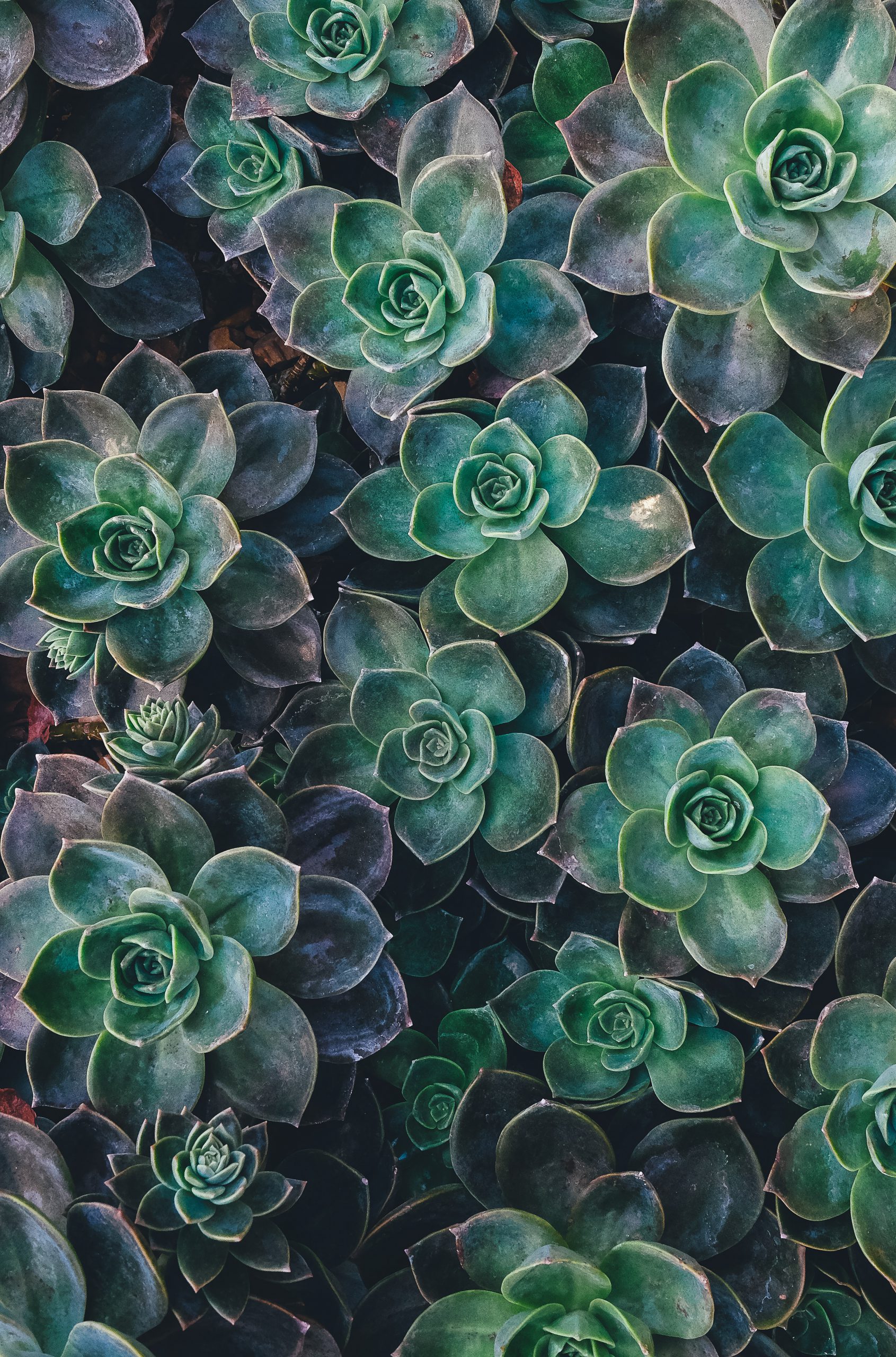
The Difference Between Habit and Addiction
The best way to stop doing something may be to start doing something else in its place.
For those of us who have struggled with addiction, we know just how easy it is to confuse addictive behavior with habit. In most cases, addictions start off as habits before moving into destructive territory. Separating the two can be a bit complicated, but for those in recovery, it’s necessary to recognize the difference between habit and addiction.
While any habit has the potential to become an addiction, not all of them will morph into one, and both create different emotional responses. To better explain, addiction expert Nicole Schramm-Sapyta, PhD, offers the following from a HeadScratchers Podcast featured by Duke University’s School of Medicine:
“A habit is something we do out of convenience. We do it without thinking, and it makes things easier for us, or else we enjoy it. An addiction is something that we do over and over again, despite causing harm to our lives.”
A good way to think about habit versus addiction is that an active addiction can be viewed as a habit that has spun out of control. What started as something that made us feel good is now something that makes us feel bad. We then find ourselves incapable of stopping the behavior no matter how hard we try. Ultimately, addiction affects others and even society. Habits do not.
How a Habit Can Become an Addiction
A habit can become an addiction slowly or quickly depending on what’s happening internally. A major determining factor is whether or not any destructive behavior has surfaced. Are you hurting others with your habit? Are you hurting yourself with your habit?

Let’s say you go out with your friends every Friday and Saturday night to have fun and blow off some steam. You drink responsibly — as in you don’t embarrass yourself, drive drunk, or hurt anyone mentally or physically. You may also decide to add an extra night of drinking to your week for Trivia Tuesdays at your favorite bar. While the imbibing becomes routine, it doesn’t affect your work performance or personal relationships. More importantly, you aren’t suffering from depression or another form of mental illness. This behavior would be classified as a habit.
Now, let’s take the same scenario, but add an unexpected breakup with your significant other. This leads to some increased drinking on the nights out with possibly more social drinking during the week. The excessive drinking on the weekends becomes a bit much, so you add mimosas to Sunday brunch to ease the withdrawal, which then leads to occasional cocktails throughout the day. Before you know it, you’re going to work regularly hungover and your friends are complaining about your behavior. Both your relationships and your job performance are hurting. Despite the warning signs, it still feels better to be drunk than not. This is when the alcohol or drug habit has become a tool for self-medication. The substance alleviates the internal suffering because it shuts everything out and quiets the negative inner voices. The more you have it, the more you can’t function without it, thus, an addiction is formed.
What started as something that made us feel good is now something that makes us feel bad.
Breaking Negative Habitual Behavior
Not all habits are bad habits, but it’s wise to pay attention to those that can lead us astray before they turn into active addiction. “Since habits take practice and repetition to form, the same is true when it comes to breaking them,” says Elliot Berkman, director of the University of Oregon’s Social and Affective Neuroscience Lab. He and Russell Poldrack, a professor of psychology at Stanford University developed the following strategies for best breaking a bad habit:
1. Reduce your stress levels
Getting more sleep, meditating, and exercising consistently can help to lower stress and increase the willpower needed to break unwanted habits.
2. Recognize the cues
There are three parts to a habit: a cue, routine, and reward. Cues are what make you want to engage with a bad habit. If you’re trying to cut back on drinking, driving past your favorite bar may be a trigger for you. Learn what your cues are so you can train yourself to avoid them.
3. Exchange a bad habit for a good one
The best way to stop doing something may be to start doing something else in its place. If 5 p.m. was your nightly time for a glass of wine, stock up on some non-alcoholic options so you have a relaxing alternative when it’s time. Giving yourself an external action will help your mind focus on what you can have instead of what you can’t.
4. Think of a better reason to quit
Come up with better reasons to quit your habit than to stay in it. For example: Eating fattening foods can be downright delicious but eating healthier foods will not only help you lose weight but give you more energy to enjoy those outdoor hobbies you’ve been missing.
5. Set better goals
Get intentional and plan specifically how you will redirect yourself when faced with the temptation of your bad habit. Instead of getting that ice cream on the way out of the cafeteria, come up with a plan to avoid passing the ice cream stand altogether.
When to Get Help
If you or someone you care about is having a difficult time taking control of a habit-turned-addiction, we at The Meadows Outpatient Center would like to help. We offer many forms of addiction treatment and design each program around a patient’s specific needs. We will not only assist you in breaking free from your addiction but provide you with the tools needed to achieve lasting recovery. Reach out today to learn more and take that first important step to healing and wellness.

Reach Out Today
Convenient, comprehensive care is available. Your next chapter can start right now.